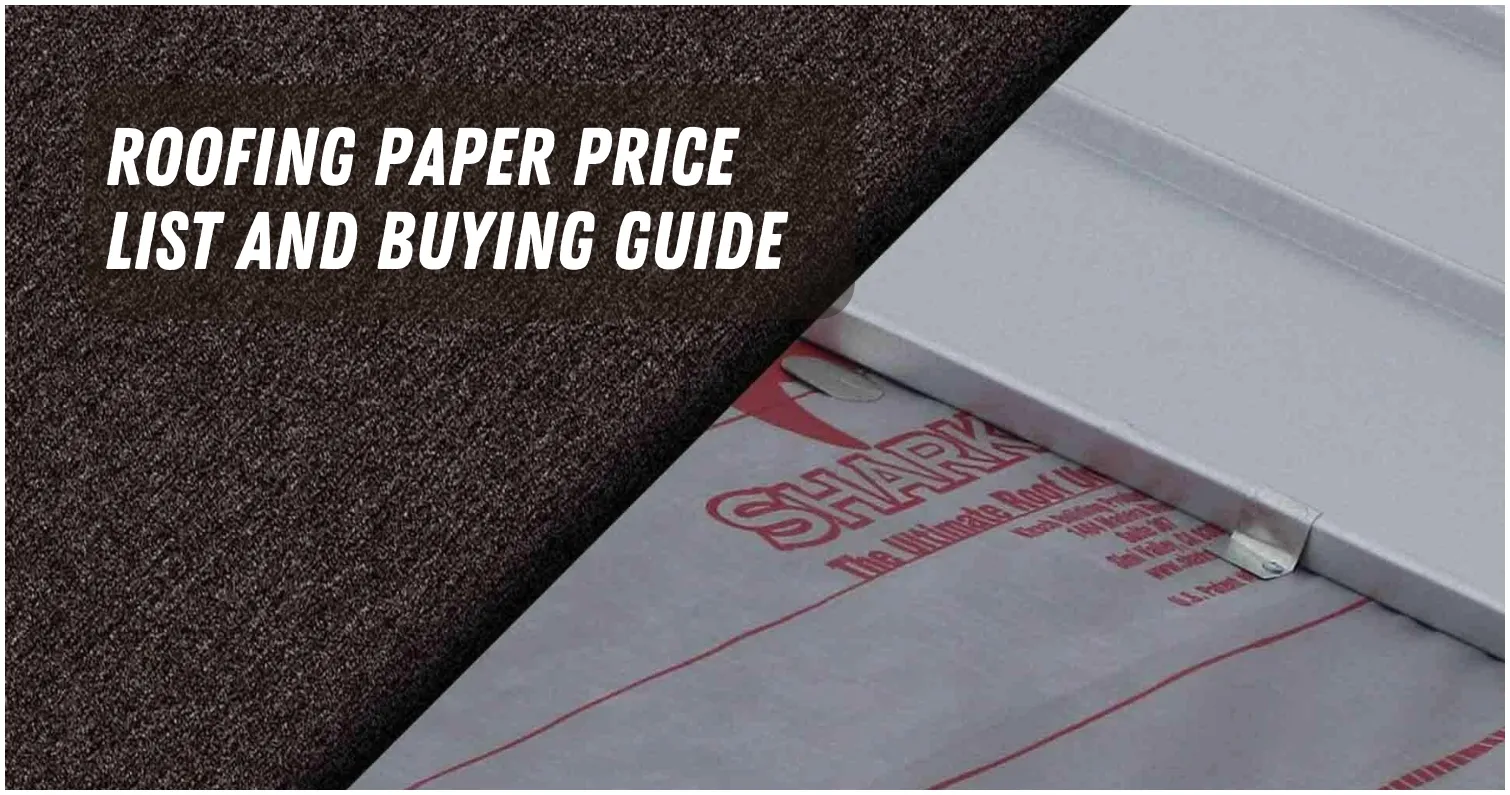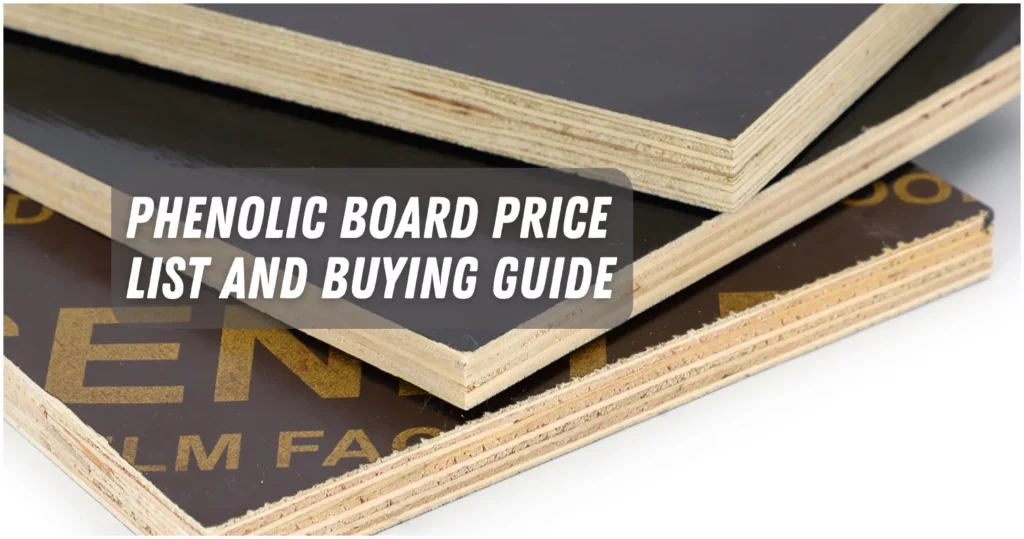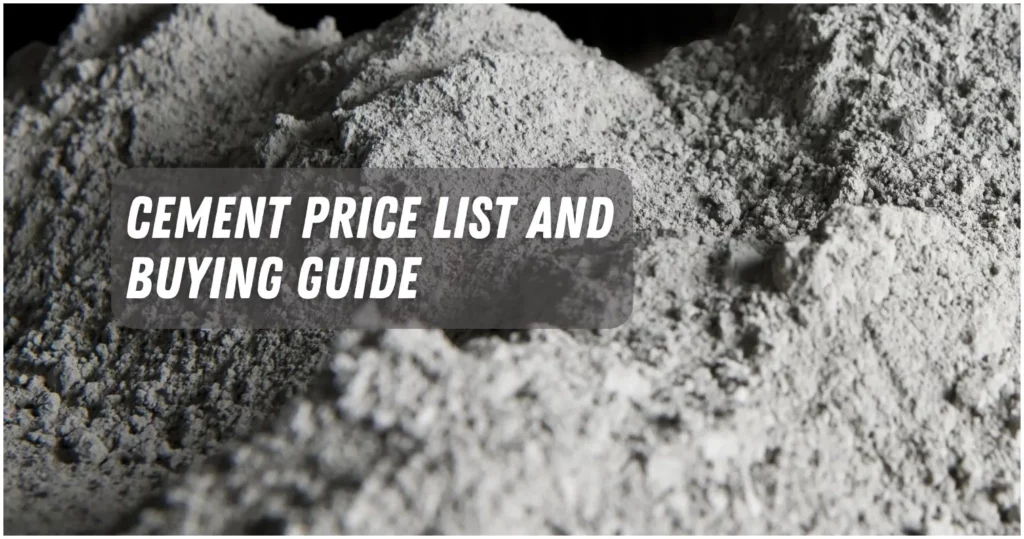If you are looking for a durable and easy-to-install roofing material at affordable price, you might want to consider roofing paper.
Roofing paper is a type of building material that is used as an underlayment for roofs with price between ₱1,200 to ₱8,000
In this article, we will discuss about roofing paper price list in the Philippines and all things you should know about it.
What is Roofing Paper

Roofing paper is a construction material employed as underlayment for roofs.
It’s composed of organic or synthetic fibers soaked with bitumen or asphalt, making it both fire and water resistant.
Available in various sizes, roofing paper comes in rolls and can be cut to match your roof’s dimensions.
Roofing Paper Uses
Roofing paper serves several roles and offers numerous benefits for roofs:
- Serving as a barrier against water and moisture that can leak through the roof’s covering and harm the roof deck, insulation, and interior structures.
- Offering additional insulation that can cut down on heat loss and increase energy efficiency.
- Preventing the roof covering from adhering to the roof deck, which may lead to buckling and cracking over time.
- Enhancing the roof’s aesthetics by ironing out any irregularities or gaps in the roof deck.
- Increasing the roof’s fire resistance by hindering flame spread to the roof deck.
Type of Roofing Paper

Several types of roofing paper are available, with differences in weight, thickness, composition, and performance. Common types include:
Asphalt-saturated Felt
A traditional kind of roofing paper made of organic fibers like wood or cotton soaked with asphalt.
It’s classified by weight per square (100 square feet), such as 15 or 30-pound felt, with heavier weight indicating more thickness and durability.
Ideal for low-slope roofs, asphalt-saturated felt can be used with any roof covering.
Synthetic Underlayment
A modern variety of roofing paper composed of synthetic fibers like polyester or polypropylene impregnated with asphalt or other polymers.
Usually classified by thickness in millimeters, for example, 10-mil or 20-mil synthetic underlayment.
Greater thickness means more resistance to tearing and puncturing. Suitable for high-slope roofs, synthetic underlayment can be used with any roof covering.
Self-adhering Membrane
A specialized form of roofing paper that adheres to the roof deck without the need for nails or staples.
Made from modified bitumen or rubberized asphalt, it forms a watertight seal on the roof.
Usually classified by thickness in millimeters, for example, 40-mil or 60-mil self-adhering membrane.
Thicker membranes are more durable and flexible. This type is suitable for low-slope roofs and can be used with metal or tile roof covering.
Roofing Paper Price List

The price of roofing paper depends on several factors, such as the type, quality, brand, size, and quantity of the material. T
he following table shows some examples of roofing paper prices in the Philippines:
| Type | Weight/Thickness | Size | Price |
|---|---|---|---|
| Asphalt-saturated felt | 15 lb | 36 in x 144 ft | ₱1,200 |
| Asphalt-saturated felt | 30 lb | 36 in x 72 ft | ₱1,200 |
| Synthetic underlayment | 10 mil | 48 in x 250 ft | ₱4,000 |
| Self-adhering membrane | 40 mil | 39 in x 65 ft | ₱6,000 |
| Self-adhering membrane | 60 mil | 39 in x 32 ft | ₱6,000 |
| Synthetic underlayment | 20 mil | 48 in x 250 ft | ₱8,000 |
Note that these prices are only estimates and may vary depending on the actual market conditions.
Roofing Paper Pros and Cons
Roofing paper has some advantages and disadvantages that you should consider before choosing it for your roof. Here are some of them:
Pros:
- It is relatively cheap and easy to install compared to other roofing materials.
- It provides a reliable protection against water and weather damage for the roof.
- It improves the insulation and fire resistance of the roof.
- It works well with any type of roof covering.
Cons:
- It can deteriorate over time due to exposure to sunlight, heat, moisture, and chemicals.
- It can tear or puncture easily due to strong winds, hail, or debris.
- It can trap moisture and cause mold or rot in the roof deck if not properly ventilated.
- It can add extra weight and bulk to the roof.
Roofing Paper Alternatives
If you’re seeking alternatives to roofing paper, these options may interest you:
- Roof flashing:
This thin metal sheet is installed at roof edges, corners, and joints to prevent water leakage. Made from aluminum, copper, steel, or zinc, it can be painted or coated to match the roof’s color. Roof flashing is durable, lightweight, and resistant to corrosion and fire. - Roofing felt paper:
Made of recycled paper impregnated with asphalt or bitumen, this is similar to asphalt-saturated felt but lighter and thinner. It’s eco-friendly, breathable, and flexible, albeit less durable and waterproof than other roofing paper types. - Rubber membrane:
Made of synthetic rubber applied as a liquid or a sheet, this roofing material can be thermoplastic or thermoset, meaning it can be melted and reshaped or cured and hardened. It’s waterproof, elastic, and resistant to UV rays and chemicals.
Things You Should Know About Roofing Paper
Before you decide to use roofing paper for your roof, here are some things you should know:
- Is roofing paper waterproof?
Roofing paper is not fully waterproof, but it is water-resistant. While it can repel water to some extent, it may absorb or leak water under certain conditions, especially if damaged, poorly installed, or exposed to prolonged moisture. - Which sheet is good for roofing?
The best roofing sheet depends on factors like durability, weight, cost, appearance, and maintenance. Metal sheets are durable and low-maintenance but expensive and noisy. Plastic sheets are cheap and easy to install but may be flimsy, fade over time, and not eco-friendly. - Is tar paper waterproof?
Tar paper, also known as roofing felt paper, is not waterproof but water-resistant. It offers temporary water protection for roofs until the final roof covering is installed. However, it can deteriorate due to exposure to heat, sunlight, moisture, and chemicals. - How thick is roof paper?
The thickness of roof paper varies depending on the type. Generally, asphalt-saturated felt is 0.3 mm to 1 mm thick, synthetic underlayment is 0.25 mm to 0.5 mm thick, and self-adhering membrane is 1 mm to 1.5 mm thick. Thicker roof papers are more durable and resistant to tearing and puncturing. - How long does roofing felt paper last?
The lifespan of roofing felt paper depends on quality, installation, climate, and maintenance. Typically, it lasts from 10 to 20 years if installed and maintained correctly. However, extreme heat, cold, moisture, or chemicals can accelerate its degradation.
We hope this article has helped you learn more about roofing paper price in Philippines and other related topics.
If you have any questions or comments about this article or roofing paper in general feel free to leave them below.
[ratings]

